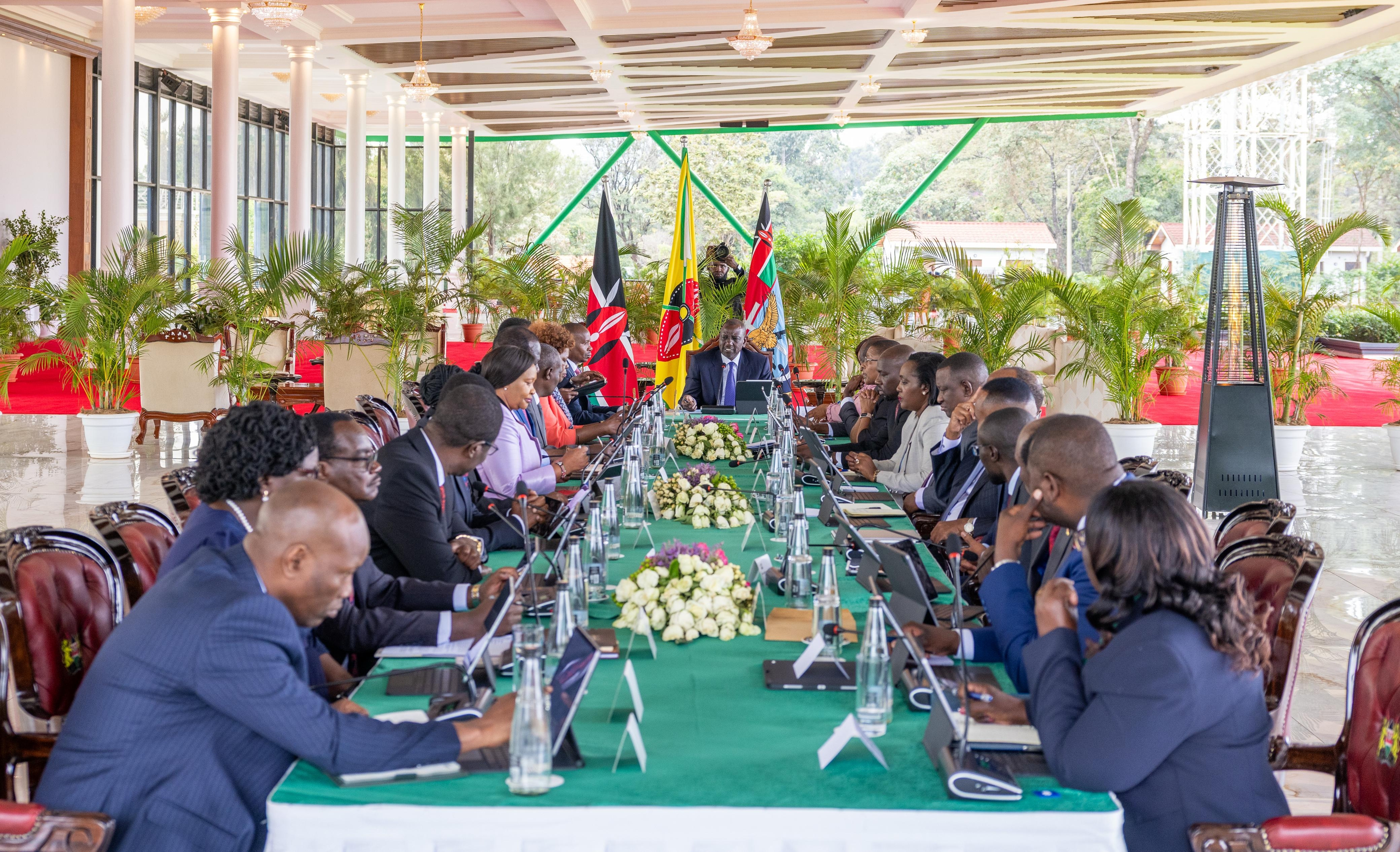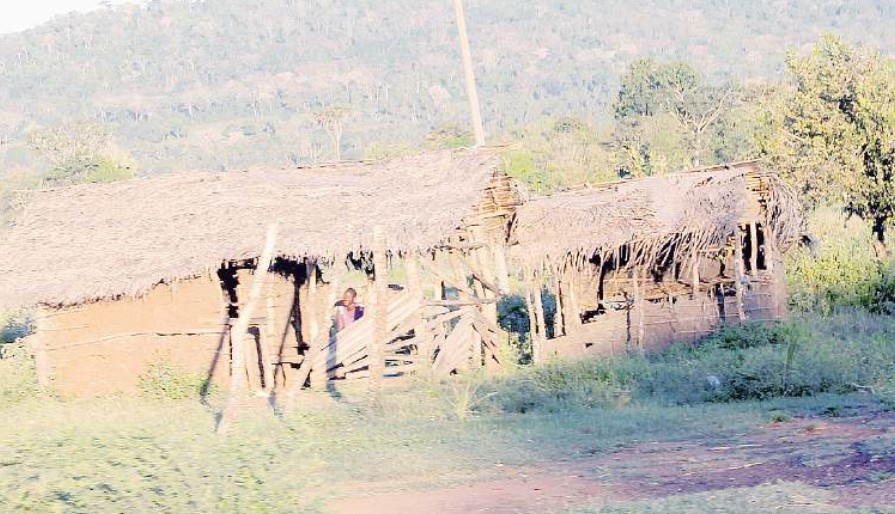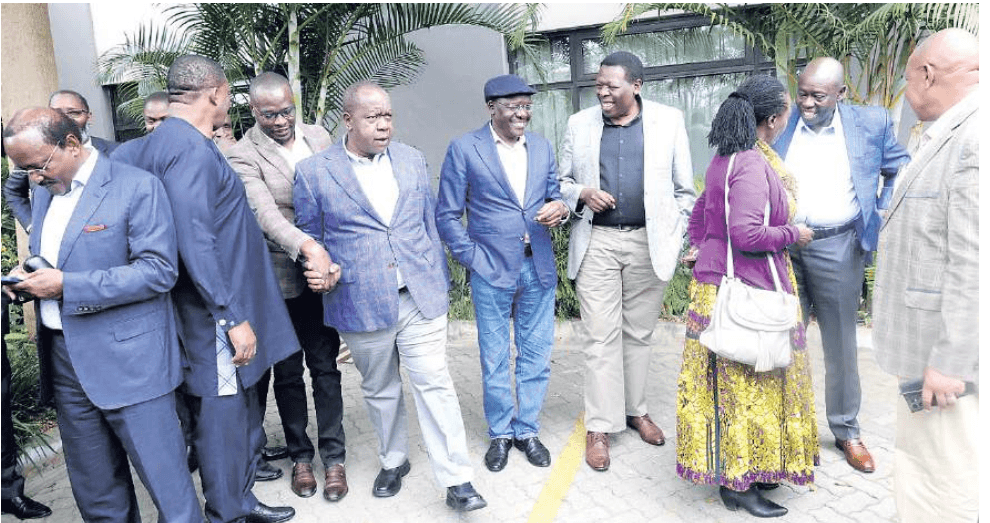Let us start with the fact that I love travelling to Mombasa regularly. Over the last couple of decade, I have travelled to the coastal city for two times every year. Usually, I will mix business with holiday, hitting two birds with one stone.
The train is normally my preferred mode of transport. But before the construction and launch of the now popular Standard Gauge Railway (SGR), it used to take me at least ten hours. One would board the train at sundown and arrive in Mombasa at sunrise.
The SGR has changed all that. Since the passenger service was officially inaugurated on May 31, 2017, it now takes me just six hours either way. This cutting of the travelling time has also been a blessing to my family, since the young ones do not get tired on the long route.
It is not just me who has benefited and enjoyed SGR services. My relatives and friends have had the same experience, even those doing business along the route. The cargo service has been impeccable in all ways, particularly those moving bulk goods from either Mombasa or Nairobi.
In Nairobi, I used to undergo the same challenge when using the Mombasa highway from where I reside in Athi River to the Nairobi Central Business District. Like thousands of other commuters and drivers, I used to spend at least two hours in the morning and two hours in the evening in gridlock.
This used to take a heavy toll on my productivity and health due to the high stress levels caused by delayed appointments. In fact, I lost a few business deals and even job opportunities due to missing appointments caused by the perennial snarl up traffic on the road. I also remember once in 2019 when I missed a flight to China after spending three hours on Mombasa Road on the way to the airport.
But all this is water under the bridge after the launch of the Chinese Built Nairobi Expressway in July last year. I do not have to wake up at odd hours in the morning in order to beat the morning gridlock on Mombasa highway. A trip that used to take two hours to town now takes me about 15 minutes.
Getting late when going to the Jomo Kenyatta International Airport is now also history for thousands of Kenyans and other travelers going to catch a flight. The toll charges are negligible when one considers the immense benefits and convenience in saved time
What many people do not know yet is that both the Chinese built SGR and the Nairobi Expressway are an example of two flagship projects under China’s Belt and Road Initiative (BRI). The BRI is a long-term transcontinental infrastructure development strategy proposed by President Xi Jinping and endorsed by the Chinese government. As of March, 2022, 146 countries and 32 international organisations had signed cooperation agreements for the BRI.
From 2013 to December 2021, China's participation in the BRI through construction contracts (often financed by Chinese financial institutions) and investments was approximately US$890 billion. The aim is to connect Asia, the European and African continents through land and sea networks. The aim is to improve connectivity and cooperation to improve trade and development.
Kenya is an important part of the initiative and is already benefiting from the funds through the ongoing improvements to local roads, airports, sea ports and railways. The country has embarked on an ambitious transport infrastructure development programme, encompassing the road, rail and maritime networks. The SGR, linking Mombasa to Naivasha via Nairobi, is the largest infrastructure project to be completed in Kenya since independence.
Other major projects in the region under the BRI include Mombasa Port Development, Lamu Port Construction, Dar Es Salaam Port Construction, Bagamoyo Port Construction, Juba-Mombasa Railway Line and Addis Ababa-Nairobi Railway Line. the Addis Ababa-Djibouti railway line,
Kenya has been an important link between China and Africa since ancient times. More than 600 years ago, a fleet led by the Chinese navigator Zheng He reached Mombasa and Malindi, bringing porcelain, silk and tea to Africa.
The king of Malindi sent his envoy along with the fleet on a return visit and took a giraffe as a gift to China. Envoys from China and Kenya opened the "Maritime Silk Road" together with traders from other countries in Asia, Africa and Europe.
Stephen Ndegwa is the Executive Director of South-South Dialogues, a Nairobi-based communications development think tank.






![[PHOTOS] Ruto present as NIS boss Noordin Haji's son weds](/_next/image?url=https%3A%2F%2Fcdn.radioafrica.digital%2Fimage%2F2025%2F11%2Ff8833a6a-7b6b-4e15-b378-8624f16917f0.jpg&w=3840&q=100)










